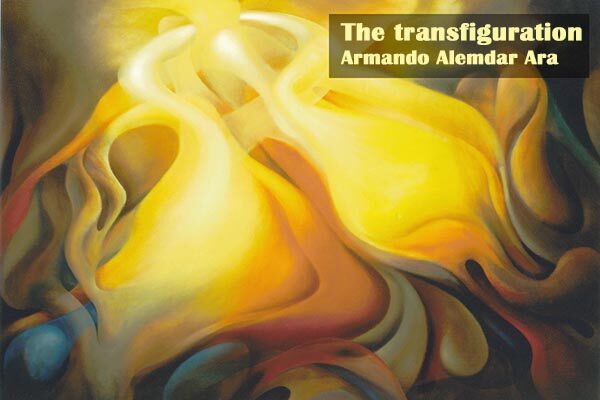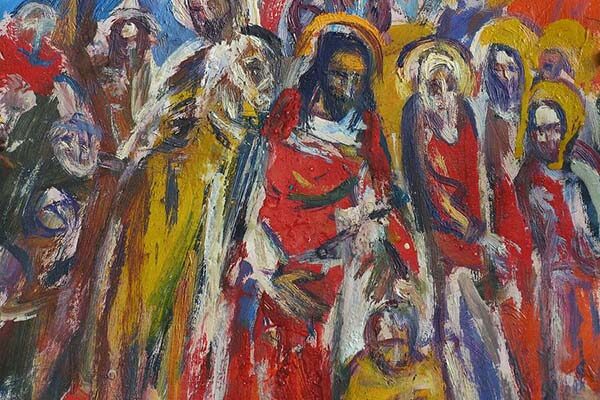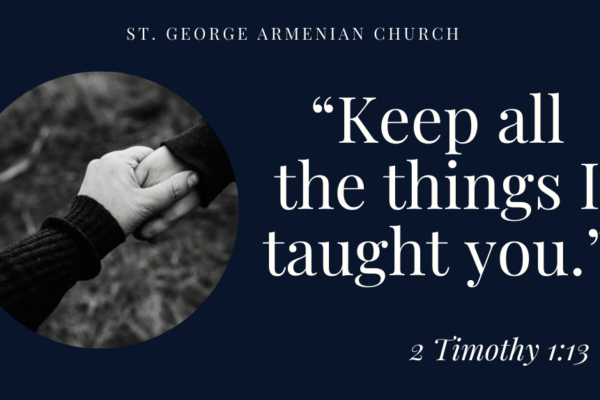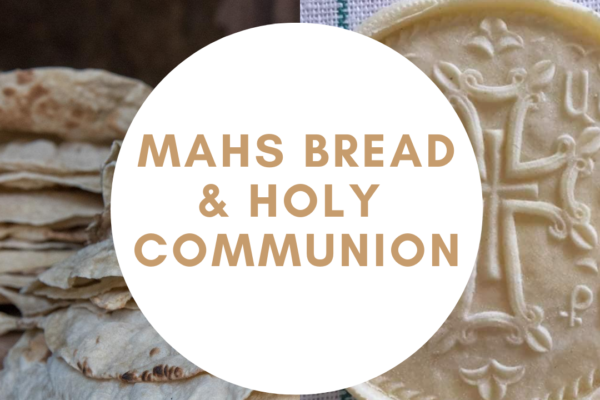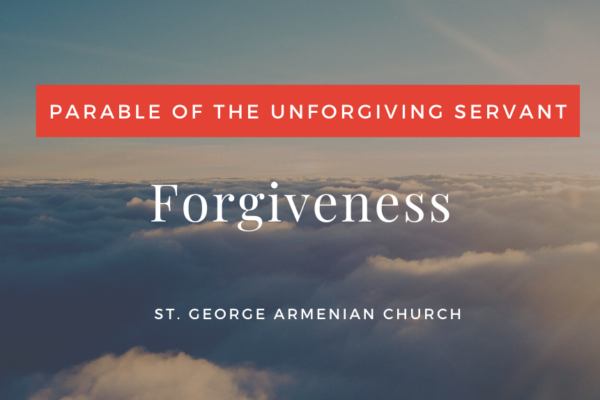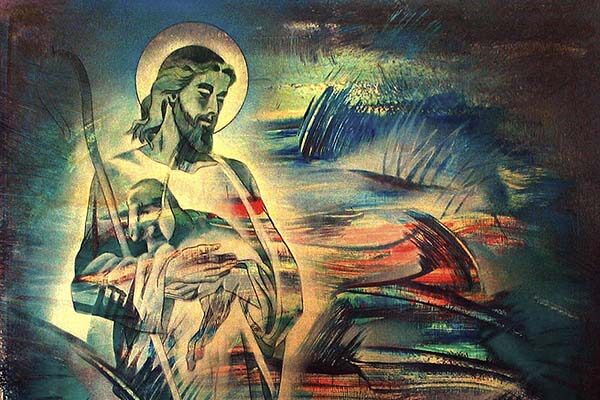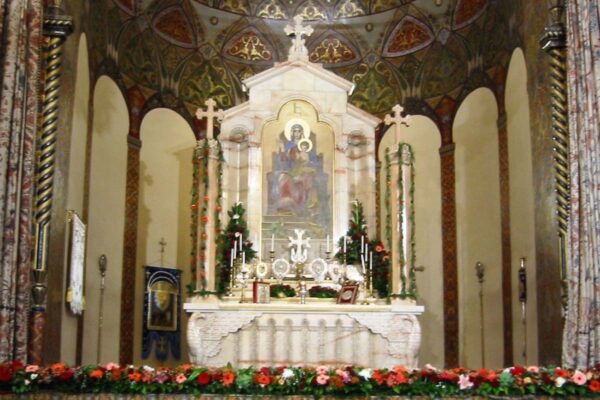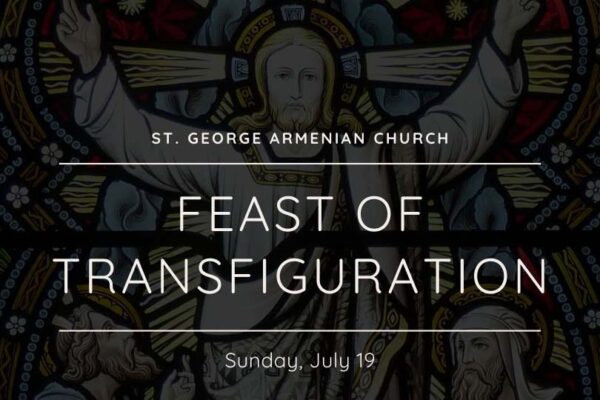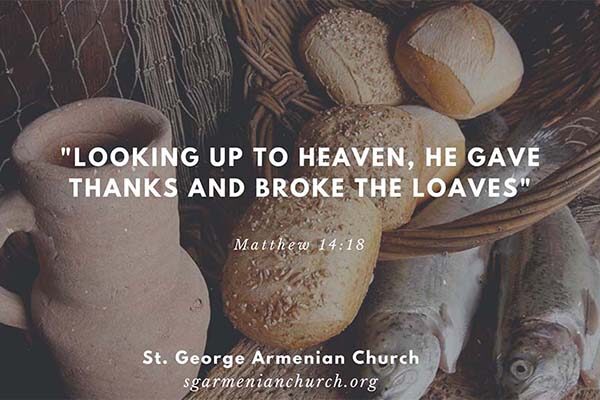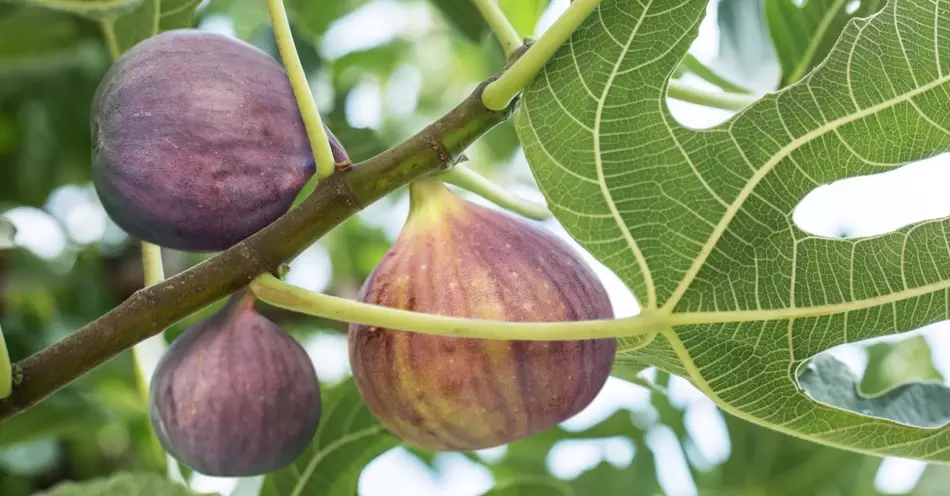Sat. Aug. 1 – Reflection: A Friend in Faith, 2 Timothy 1:13
Faith is journey of life meant to be travelled with a friend. That friend can be our parish, a spiritual friend to share our life with or clergy we trust to guide us through the difficult passages of this journey. One of the early church fathers, St. Basil, reminds us...
What is the difference between mahs bread and Holy Communion?
At the beginning of the Divine Liturgy, after the curtain has been closed for the first time, the deacon presents a tray of unleavened bread to the priest, including several small, round loaves called “nshkhar.” The priest blesses the bread, then selects one of the nshkhark, which he places on...
Friday July 31, 2020. Reflection: Forgiveness – Matthew 18.23-35
We expect God to understand us in every situation, to love us unconditionally, forgive and have mercy on us. Can God’s forgiveness and mercy touch and impact our lives if we imprison it by blocking the flow of divine forgiveness, if there is someone we need to reconcile with and...
What sacred objects are placed on the altar?
According to Archbishop Tiran Nersoyan’s authoritative text and commentary of the Divine Liturgy, the altar of an Armenian Church should be arranged in this way. The entire table is normally covered in fine linens. An additional small, white linen cloth (known as corporal) is placed in the center front of...

